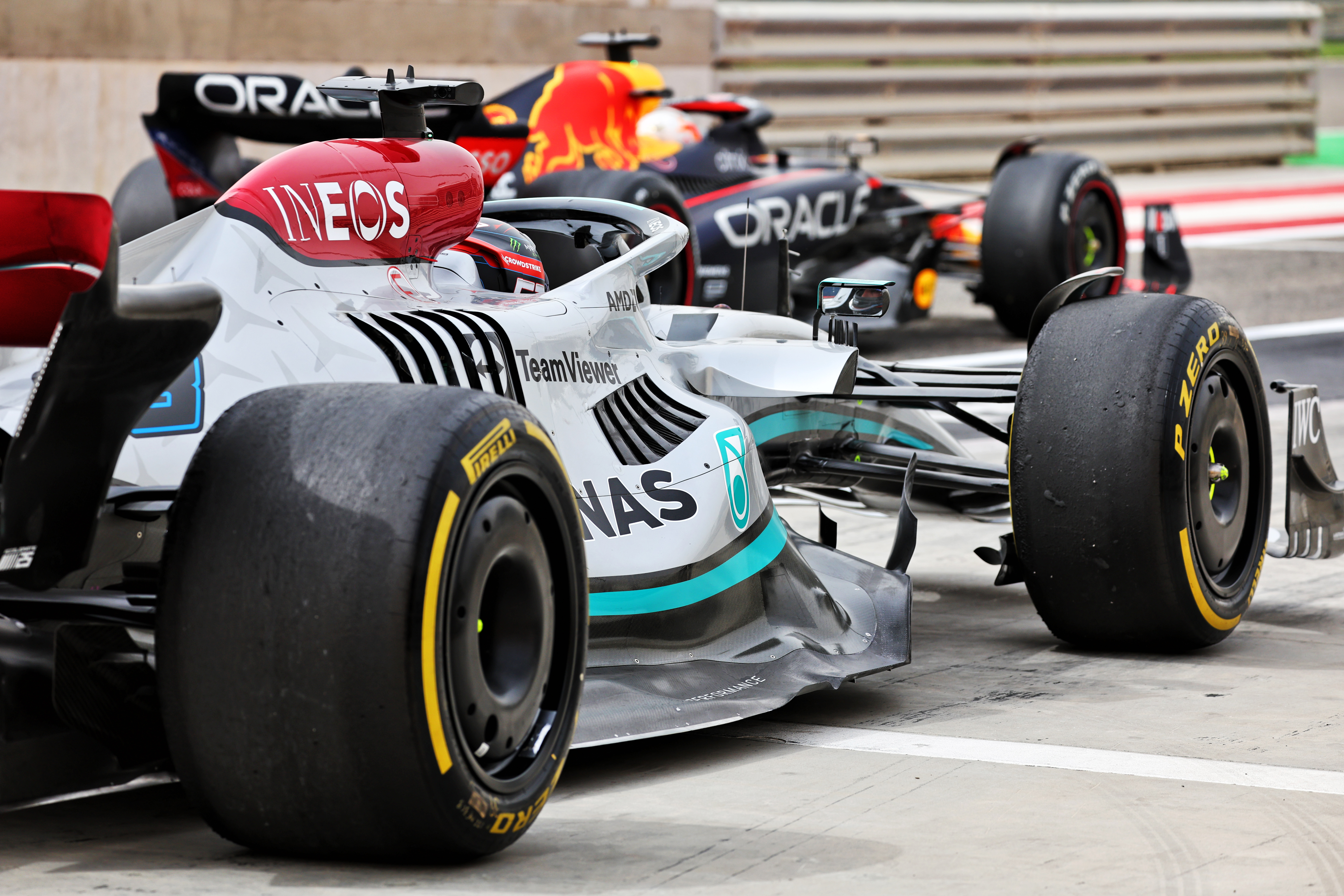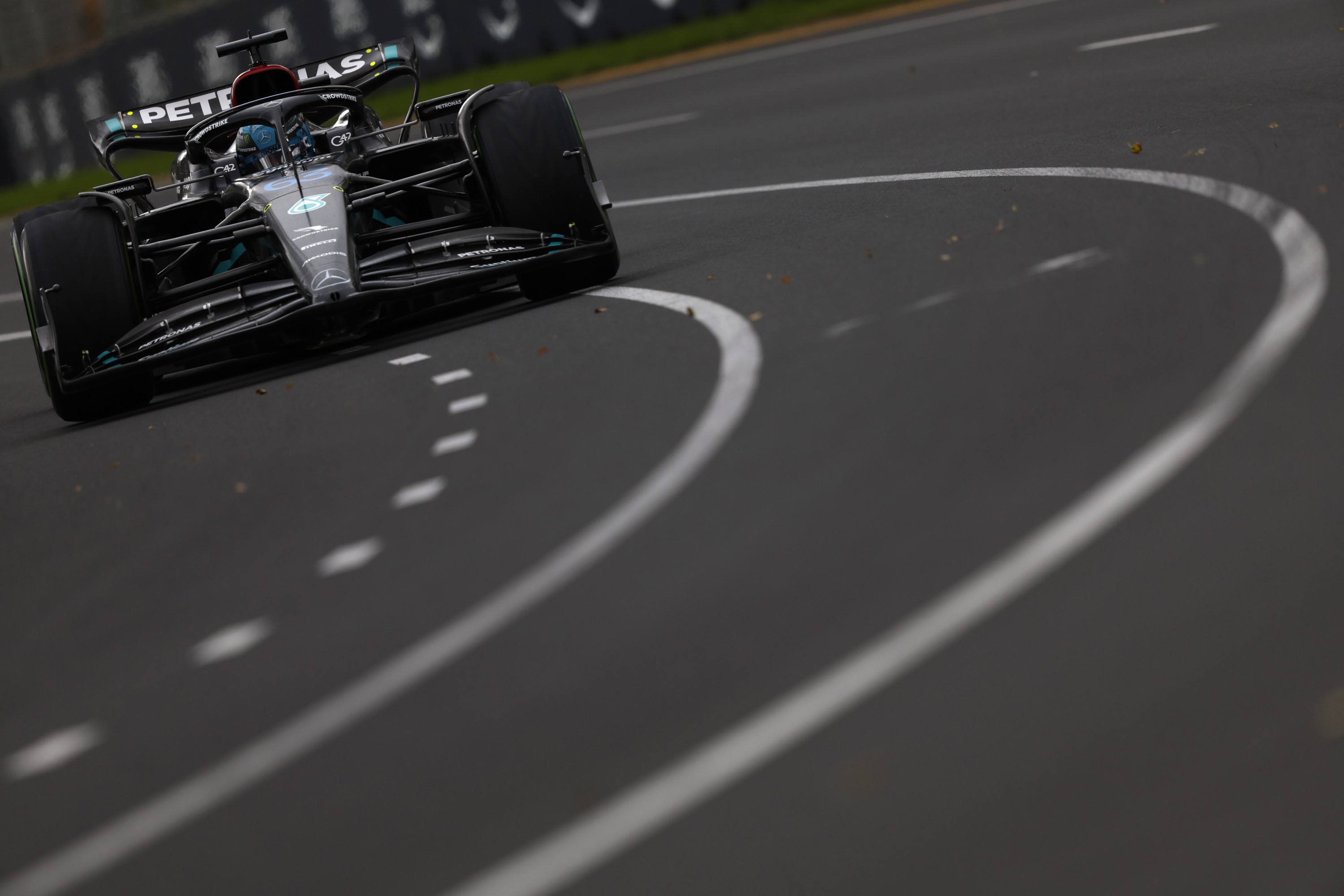Having James Allison back in the Mercedes technical director seat will have a much greater impact upon 2024 than this Formula 1 season.
The development plan for the current car is already well-established and would be happening regardless. While the difficulties of last year’s W13 and the 2023 W14 are to an extent circumstantial around the radical new 2022 regulations, they have also revealed to Mike Elliott that his skillset is not as great a fit with the tech director role as was the case with Allison, who has thus stepped back into a more narrowly-defined version of his old TD role.
The demands of heading a technical group while reacting to the competitive grind of a race season are complex. The esoteric ideas behind many of F1’s great innovations need to be combined with the hard-nosed, practical demands of racing the competition 23 times in a season.
Making the great ideas robust enough for that challenge is one of the key skills required of a technical director, who needs to be not just an able engineer but a competitor. This seems to be where Elliott fell short in the role.
That said, it was perhaps unfortunate that Elliot took over technical directorship at a time of an all-new set of aero regulations, so nothing about the previous generation of title-winning Mercs was particularly relevant.

In the clean-sheet reaction to these regulations, the Elliott-led technical team came up with a highly original and ingenious solution. But one which its simulation misled them about. Furthermore, the unforeseen porpoising and bouncing issue of last year’s W13 delayed the full understanding of the limitations of the zero sidepods concept.
It was assumed that the mechanical fix for the bouncing (incorporated into the W14) would be the fix for the whole concept. It hasn’t been. There are underlying aerodynamic limitations to the zero-pods concept and the bouncing issue of 2022 effectively delayed the full understanding of this. The team arrived at this realisation before the W14 had even run, but that was still far too late. The belief in the concept and the glittering promises it made in simulation overrode the immediate competitive imperative.
Having travelled a long way down the wrong path, Mercedes is effectively looking to start again with its 2024 car which will, we can assume, be much more Red Bull-like in concept. Allison will now be leading that project, while Elliott concentrates on longer-term research and technical resource allocation, with particular emphasis on 2026.

As for the development of the current car, we can expect the following:
- The new sidepod that will appear on the car soon was already in the planning before the car was launched as the gains in the tunnel of the original concept had already dried up in February. The new geometry can be expected to be a move away from the zero-pod.
- There will be a host of regular aerodynamic tweaks based upon the realisation that the car can be run much lower than previously assumed. Perhaps stung by the problems of last year’s car, the W14 was developed in simulation around a certain range of ride heights. Bahrain showed the team it had been over-conservative with that range and the regulation-prescribed floor changes of 2023 allowed it to be way more tolerant of very low ride heights. The optimisation around the recalibrated aero map will involve a lot of new floor parts.
These changes were underway already and are unconnected with the Allison/Elliott switch. The real effect of that won’t be seen until next year.
Any improvement in form we see from the developments of the current car might be attributed to Allison, such will be the time correlation, but it would probably be a mistake to tie that correlation to causation.


